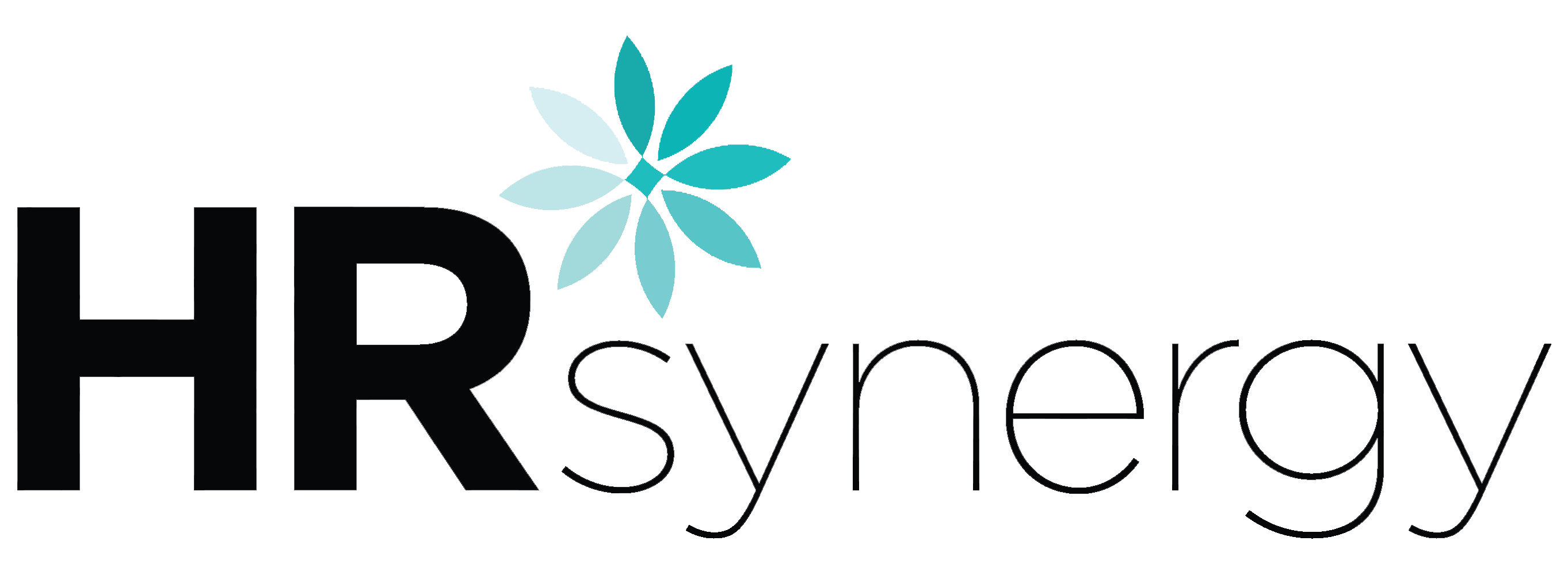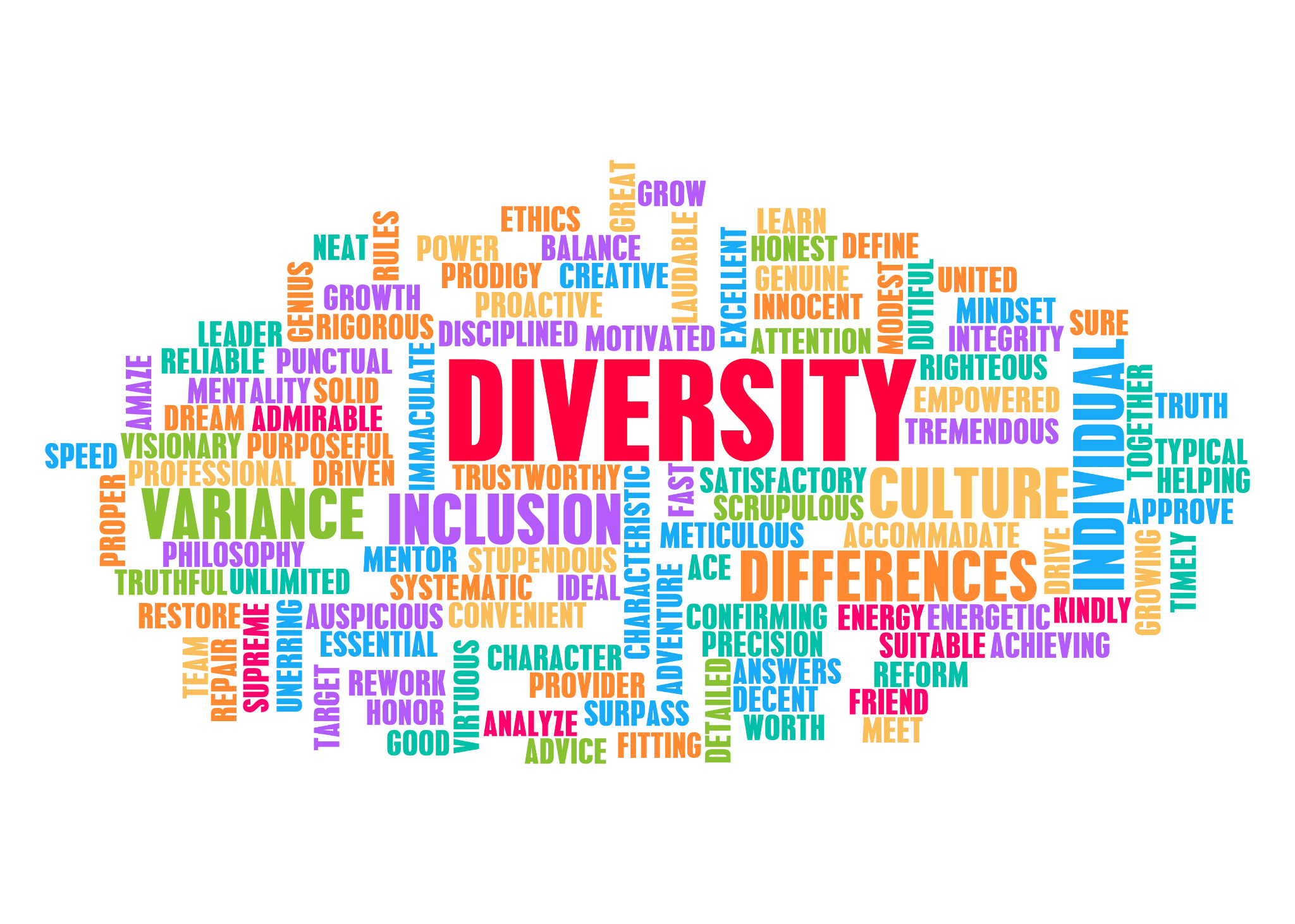
Your Employees are your Company’s Most Valuable Asset!
Who or what is the most valuable asset (MVA) of your company? Employees should be considered the MVA of every organization. Without MVA’s how will your company meet the needs and demands of your customers?
The importance of retaining your MVA’s and reducing turnover is recommended to be the highest priority for your company this upcoming year. You have most likely experienced throughout 2017, the challenges of finding and retaining top talent within your company. Determining why employees are leaving your company and what attracts employees to your company is important to determine. No different than gearing your marketing towards specific industries or segments.
Some recommendations for uncovering what makes your employees tick or be ticked off:
- Employee Onboarding – Evaluate the onboarding process you are currently using. Investing time with a new employee on their first day leaves a lasting impression.
- Compensation Analysis – Have a compensation analysis done for all positions within your organization. Due to the recession, many companies put a hold on performance evaluations and increases due to financial restraints. Coming out of the financial stresses, many businesses have reinstated the Performance Appraisal and Salary Increases. The challenge here is, the value of duties and responsibilities has changed since 2008 and offering a minimal increase following years of no increase and no communication about performance may be insulting to employees.
- Implement Stay Interviews – The exit interview is not the best time to find out what your company can do to keep employees from leaving, by then, it’s too late. It’s best to interview employees every 3-6 months to give them the opportunity to discuss what they like and don’t like about their current position, it gives the company time to address change and can help reduce employee turnover.
- Employee Surveys – Survey current employees to determine why they stay with your company and what will motivate them to make a move.
- Work-Life Balance – Evaluate the programs offered to employees to assist them with balancing work demands and life demands. Considering flexible work schedules and telecommuting are some options to consider.
- Culture – Is your work culture adaptable and acceptable to various generations throughout your workforce? Workplace Culture is the character and personality of your organization and is important for the organization as it directly impacts the ability to attract and retain talent.
- Diversity in the Workplace – Diversity is important because it introduces new ideas and adds to the workplace culture, it also increases employee morale and causes employees to work more effectively and efficiently.
- Mentors for Generational Gaps – In order for baby boomers to retire our millennials need to learn what makes “the other generations” stay with a company for extended periods of time. Who better to learn about work ethic, dedication, and respect from but our existing generation. Developing a mentoring program is a great tool to educate employees about work ethic and responsibilities while providing value to the baby boomers who don’t want to retire because they believe no one will respect the job and/or company like they do.
- Management Training – Promoting employees to management positions without providing them with the necessary tools and training is a recipe for disaster. Invest in helping your employees to be successful instead of leading them to think they are just filling a void.


